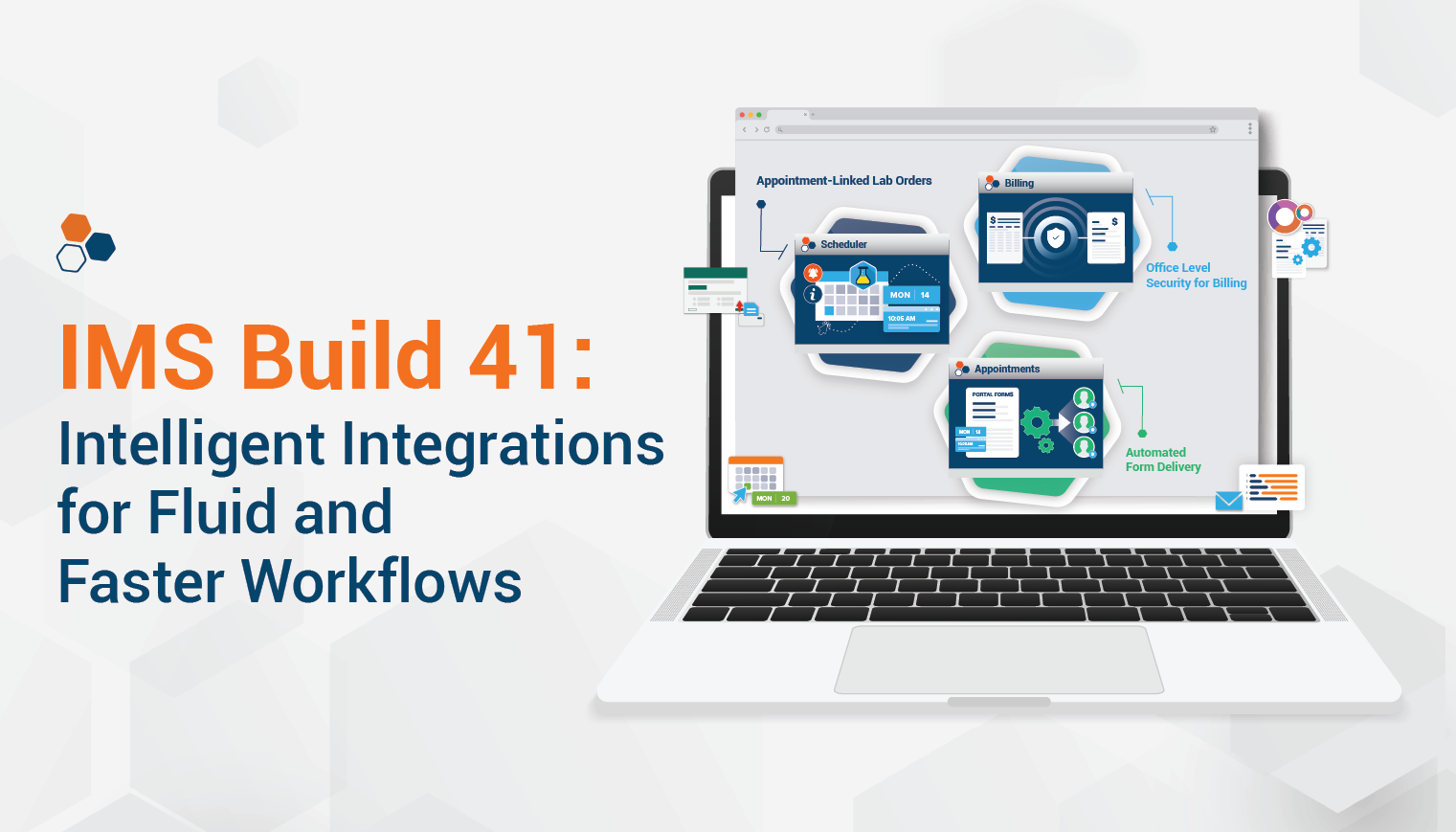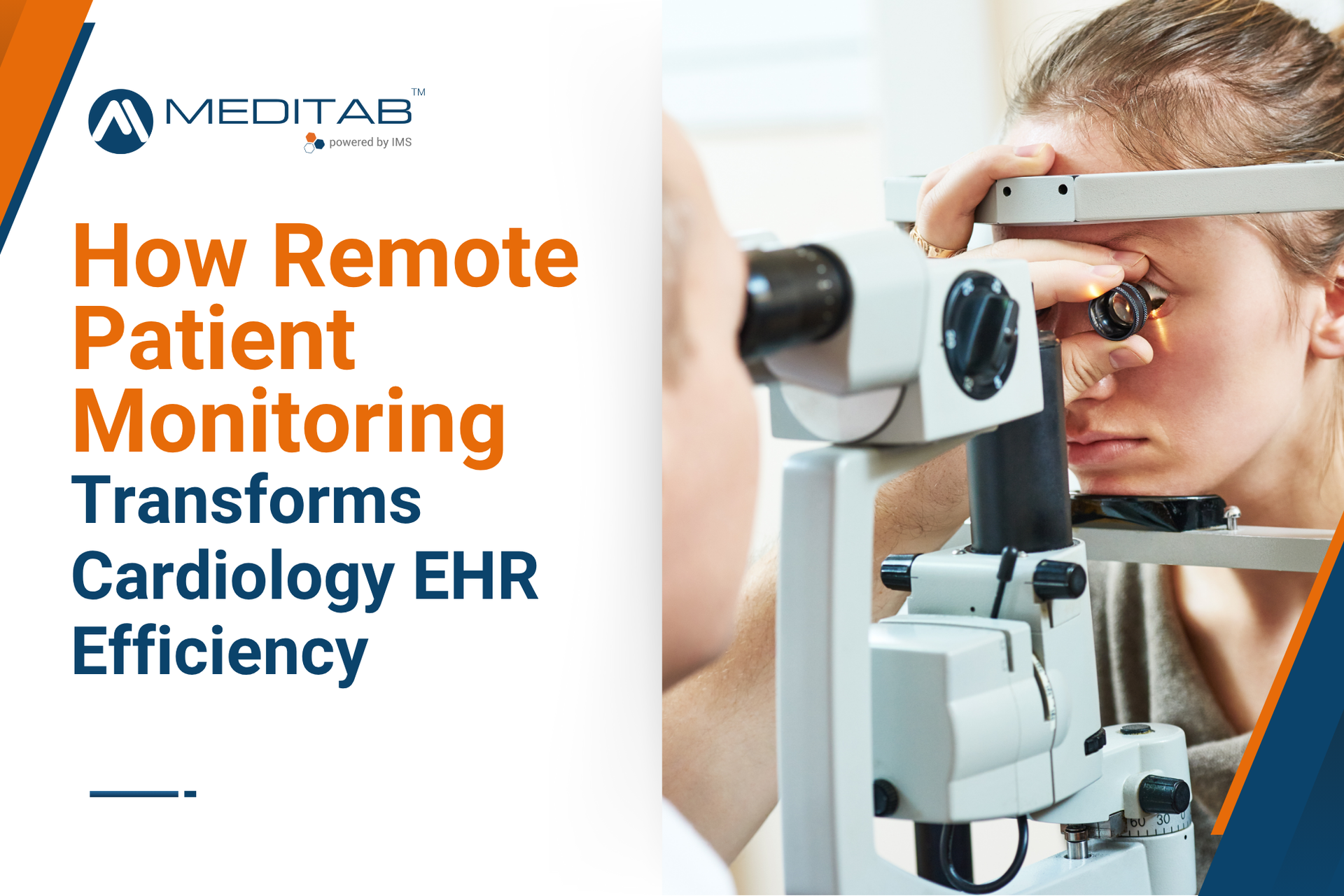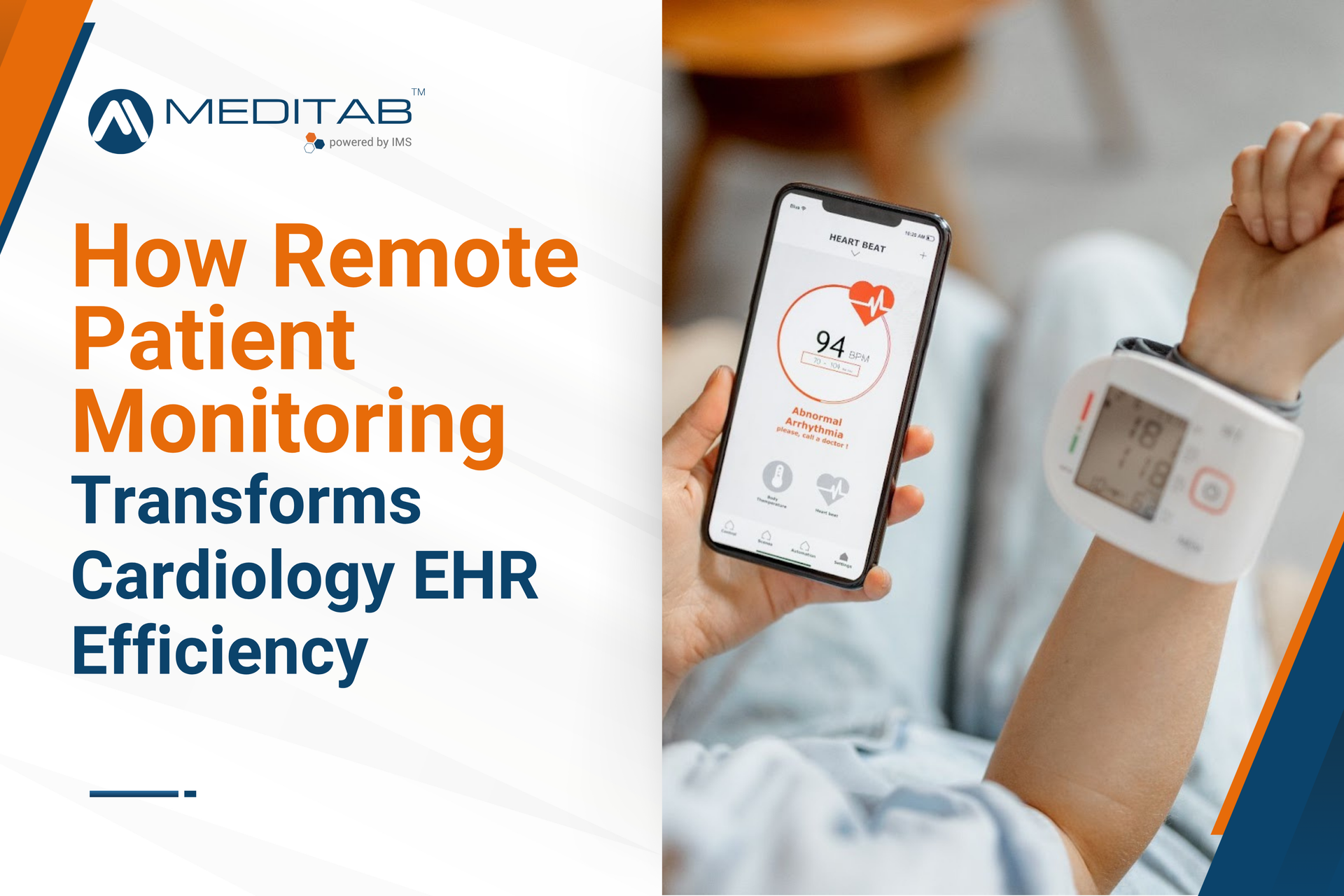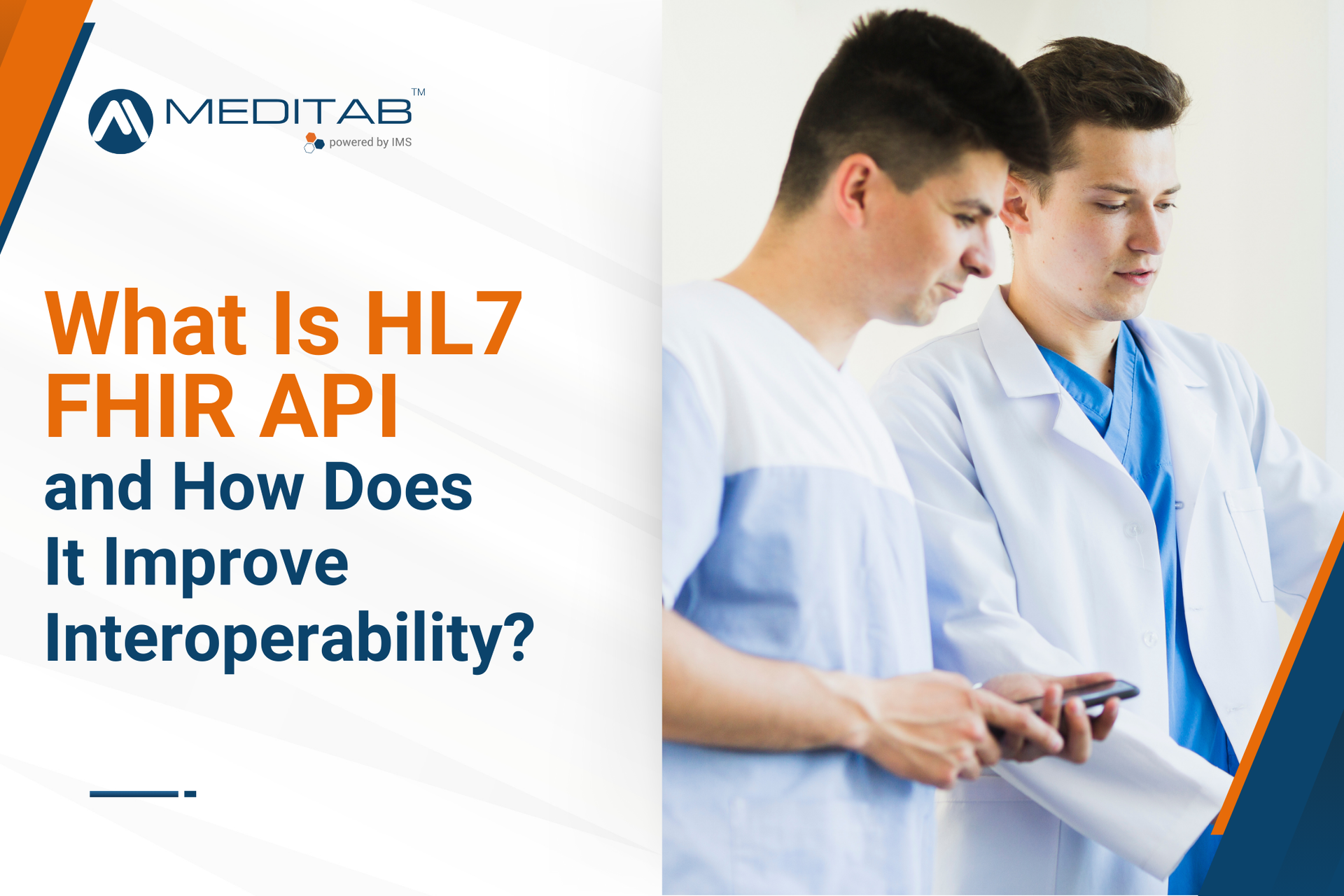The Challenges of Chronic Care Management
Managing chronic illnesses is an inherently complex undertaking. Here are a few reasons why:
Fragmented Care Coordination
Patients with chronic conditions often receive care from several providers (i.e., primary care physicians, specialists, pharmacists, care coordinators, etc.). Without a centralized, up-to-date view of the patient’s health, critical information can slip through the cracks and negatively impact care quality and patient outcomes.
Complex Monitoring and Medications
Chronic conditions require regular lab result reviews. This allows you to keep track of the patient’s symptoms and flag potential complications early. Depending on the patient’s condition, you may also need to evaluate and adjust medications frequently. Relying on delayed reports or manual processes can slow down intervention, increase risks, and reduce treatment effectiveness.
Outdated Systems and Processes
With the pace of modern healthcare, manual workflows can introduce errors and inefficiencies. Unfortunately, many practices still depend on paper-based processes and disparate systems, which can result in missed follow-ups and documentation gaps.
Consistent Patient Engagement
Successful chronic care depends heavily on long-term lifestyle changes, adherence to treatment plans, and clear provider-patient communication. Without tools to support patient outreach, follow-up scheduling, and education, you’ll find it harder and harder to maintain consistent and meaningful engagement.
Frequently Asked Questions About EHR Integration
1. How Does EHR Integration Benefit Chronic Disease Management?
The complexities of chronic care management can strain even the most experienced clinical teams. As the healthcare sector moves toward value-based care and outcomes-driven models, electronic health record (EHR) integration offers a more dynamic, connected way to manage long-term conditions.
By enabling real-time access to critical patient information,
integrated EHR systems:
- Empower practices to overcome the fragmentation and delays that undermine chronic disease management.
- Ensure that care teams have access to the most up-to-date, actionable insights whenever necessary.
2. What Is Real-Time EHR Data Integration?
Real-time EHR data integration refers to the seamless, instantaneous sharing of patient data across platforms, providers, and care settings. This means patient records get continuous updates from various data sources, including:
- Wearable devices, such as continuous glucose monitors and activity trackers.
- Laboratory and imaging systems with automatic result imports.
- Pharmacy systems that show medication history and refill alerts.
- Telehealth platforms, which sync visit notes, vitals, and other patient information.
- Remote patient monitoring tools, such as blood pressure cuffs, pulse oximeters, and smart scales.
3. How Does Real-Time EHR Data Integration Help Your Practice?
Incorporating real-time patient information into chronic care workflows opens your practice to various clinical and operational benefits. Here are a few:
- Improved Care Coordination:
Real-time data integration keeps all providers on the same page, minimizing redundant tests and missed updates.
- Timely Interventions:
With real-time data access, providers can act quickly when lab values spike, blood glucose levels drop, or medication adherence declines. This helps prevent complications and possible hospitalizations.
- Reduced Emergency Visits and Readmissions:
With earlier detection of issues and consistent follow-up, practices can lower costly acute episodes and keep patients stable at home.
- Personalized Treatment Plans:
Access to live patient trends and health patterns allows clinicians to tailor interventions based on the patient’s response, not just historical data.
- Clinical Decision Support:
EHRs like Meditab’s flagship software,
IMS, offer built-in tools that trigger alerts for abnormal readings or gaps in care, enabling smarter, faster decisions.
- Seamless Patient Engagement:
Integrated portals and apps like
IMS Care allow patients to contribute data and get seamless digital interactions with their providers. This helps improve treatment adherence and accountability among patients.
- Streamlined Documentation and Compliance: Real-time data entry reduces manual tasks and ensures that your practice has accurate, audit-ready records that support billing and regulatory compliance.
Choosing an EHR System for Chronic Care Management
While chronic care has grown increasingly complex over the years, many practices still rely on siloed EHR systems. These gaps can lead to missed data, delayed interventions, and patient disengagement.
To truly modernize chronic care management, you must adopt an EHR platform that supports real-time EHR data integration. Here are some things to consider when finding one:
1. Choose an EHR with Built-In Integration Capabilities
Not all EHRs are created equal. Look for a system like Meditab’s IMS, which supports seamless integrations with a wide range of devices, laboratories, pharmacies, and third-party platforms.
For example, the
IMS-Clinii integration allows your system to connect with remote and real-time patient monitoring tools and mobile apps. It also has a robust chronic care management dashboard that allows you to optimize care coordination with EHR data by:
- Enhancing nurse-to-patient ratios for patients with chronic conditions.
- Automating documentation and billing for chronic care services.
- Streamlining chronic care workflows and tasks.
- Allowing quick access to accurate information and data-driven insights.
2. Prioritize Healthcare Interoperability
Because managing chronic conditions requires coordinated, cross-functional care, it’s crucial that your EHR supports Health Level Seven International (HL7) and Fast Healthcare Interoperability Resources (FHIR) interoperability standards.
Using an EHR with interoperability features allows your system to communicate with labs, pharmacies, remote monitoring devices, and other third-party applications. Additionally, support for these standards ensures your system is future-ready, able to integrate with emerging technologies and meet evolving regulatory requirements.
3. Train Staff and Engage Patients
Technology adoption hinges on user confidence because even the best tools need skilled users. Consider adopting an EHR system that comes with practical training, extensive resources, and 24/7 support.
Meditab, for example, provides staff training and
24/7 support on its software, portal, and application solutions.
IMS: Helping You Turn Real-Time Data Into Real-World Results
"[When] IMS came out with a chronic care management module, it changed [our program]. I first started with two patients
in that program, and now with the module and the tracking system, we have around 145 patients who roll over every month.
It's been a lifesaver for this program…[IMS] helps me keep on task and on track."
Stephanie Clark
Director of Chronic Disease, Big Sandy Health Care
Big Sandy Health Care’s success story is a powerful reminder that better outcomes begin with better tools.
Real-time
EHR integration with chronic care management is the future of chronic disease care. It offers the insights and automation you need to navigate complexity without compromising quality. IMS puts those capabilities at your fingertips, combining robust integration, real-time tracking, and intuitive design.
If you’re looking to take your chronic care program to the next level, now’s the time. Book a free expert-led demo and see how IMS can help you deliver the care your patients deserve!














